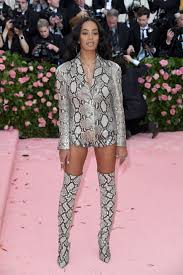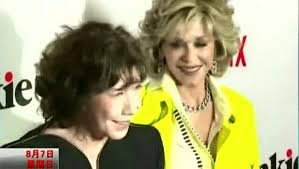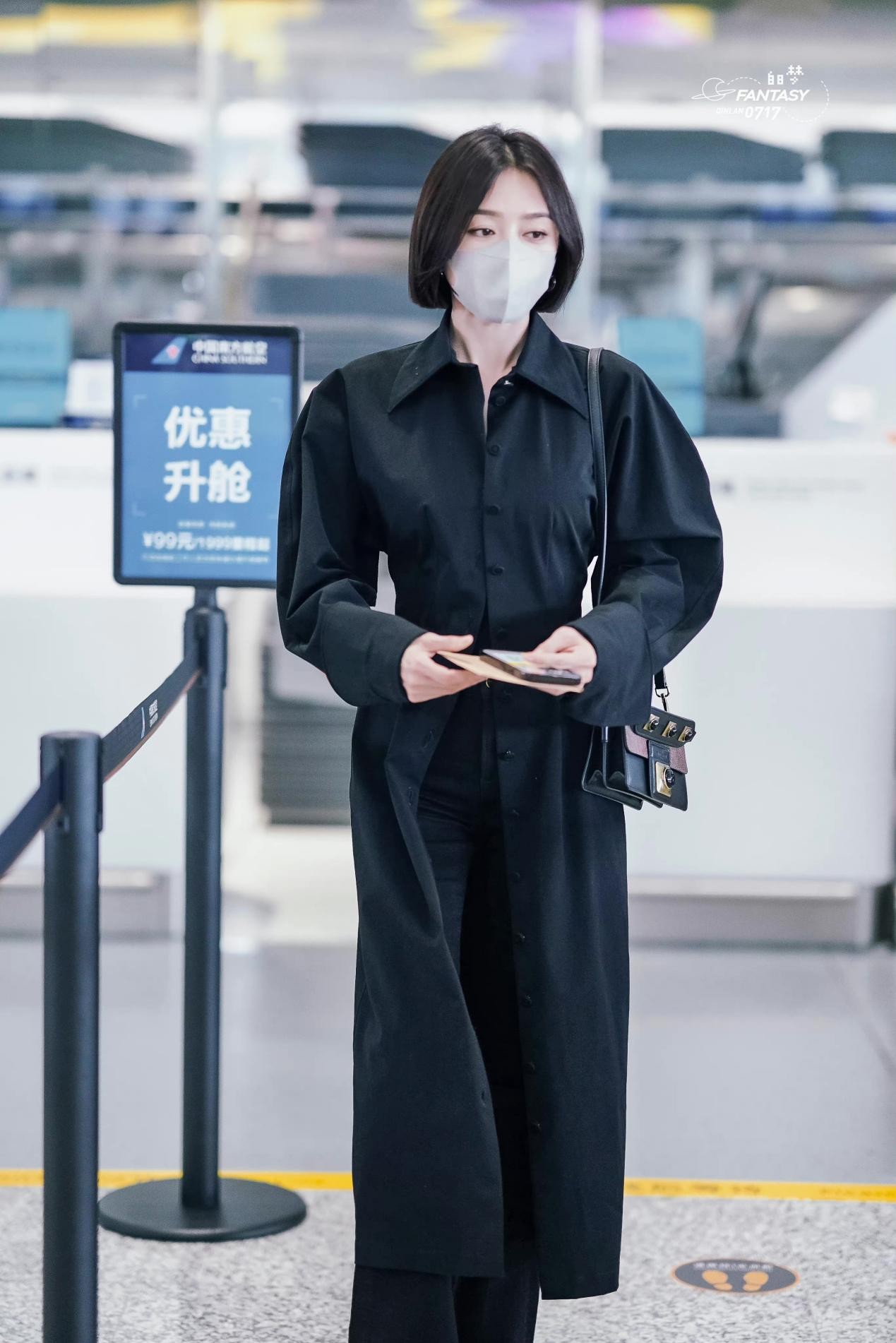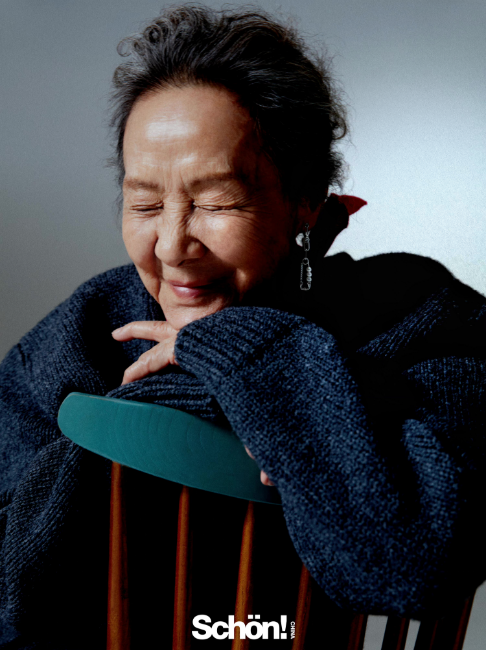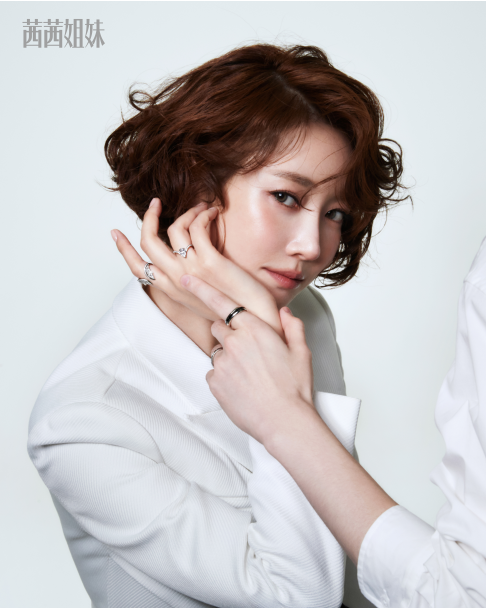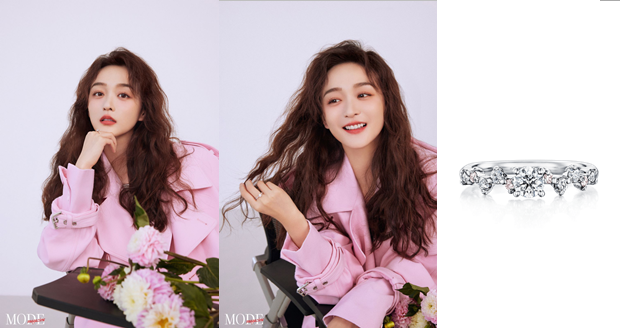Beautiful clothes and make-up have been my psychological armour in the very worst of times
My mother refused to speak to me for almost 10 years from my early 30s.Unravelling, I sought a cure by talking.I would appear at my therapists on Tuesdays at 9am prompt, clad in skirt, heels and full maquillage.Each session my benevolent counsellor would beam, Every week you look more and more amazing!Until, finally I bleated, Thank you, but itsa sign that Im falling apart!The better my appearance, the worse my interior state.
My mothers body may have betrayed her but she continued to adornit with scarves, scent and lipgloss
I am now 45 and have always deployed clothes, jewels and cosmetics as armour – both real and psychological.Frocks, rocks and slap are my principal sources of stability; anchors in an uncertain world.And I am not alone.Fashion is the catharsis many of us turn to in moments of crisis: a formof self-love that serves as proof we are alive.
I once read that the singer Joni Mitchell could remember the outfit she wore for every significant moment in her life; a fact that struck me as in no way remarkable – surely the majority of us can do the same?I know what I wore for my first exam, first theatre performance, Oxford interview, finals, first job interview, an evening with the man I love – and they were all the bodily equivalent of putting on a brave face.
As I write, it is a month since I lost my beloved father and a year since my mother died.They both suffered hideous deaths and I am beset by the kind of blank horror that leaves one walking into walls and unable to speak.Yet, just two minutes ago, the Asos delivery chap declared.Every time I come here you look good – and it just goes up and up!I hadnt the heart to respond, Yes, otherwise Ill top myself! for fear he would interpret it as a cry for help.
During the six short months following my mothers cancer diagnosis – when her approaching death felt unspeakable – our collective form of communication was a shared love of style.Her body may have been betraying her in the most grotesque manner, but Pam continued to adorn it with scarves, scent and lipgloss.
She pored over wedding dresses with my newly engaged sister, and ordered me a pair of ravishing silk pyjamas to wear on a weekend away with my new love, a trip that had to be cancelled as her health plummeted.
Meanwhile, in those nightmarish weeks,I built myself a wardrobe in the bedroom I hadnt occupied since the age of 18.I shopped like a trooper, amassing clothing to see me through the coming storm – siege supplies.I might have been going under, but my outfits would pull me back up.
And so I acquired a uniform of mens shirts and Gap trousers for nursing duties; vast, comforting Asos scarves to sleep under next to my mothers bed; a brisk, navypea jacket; glitter J Crew pumps; and three (three!) bouclé jackets.She thrilled to one and all.Fashion was the fillip we needed: it signalled cheer, undiminished selfdom, and the promise of some different future; it was as much about joy as it was armour.
I may have worn less of my usual wardrobe, but it mattered more, as something joyful to fantasise about last thing at night.One spring weekend, we distracted ourselves eBay-bidding for a Hermès scarf bedecked with a carousel horse.Days later,I wore it to visit her in the hospice where she spent the final three weeks of her life.
Platitude demands that we refer to this as retail therapy; I prefer to think of it as Blitz spirit.During the war, Churchill ensured that supplies of lipstick and flowers remained incoming, so crucial did he consider such fripperies to morale.
When the Nazi death camps were liberated, observers noticed that the mood became more optimistic not with the arrival of food, but lipstick and sanitary towels (the latter used as shoulder pads).Only via ornament was a sense of humanity restored.
I shop therefore I am is the kind of woman-patronising motto that appears on naff birthday cards and novelty mugs.Yetit contains a certain truth.In the exerciseof taste, one recalls that one is human; inself-adornment lies self-expression where otherwise one feels mute.
Mute is the right word.We women are expert wielders of this visual language because traditional forms of self-expression were so long denied us.For centuries, female public speaking and publicationin print were associated with sexual immodesty.Deprived of a conventional social voice, we learnt to figure forth our feelings in what we wore.
A few of us have made this into an art form.In her resplendently buoyant book, Knickers Models Own:A Year of Frugal Fashion, award-winning fundraiser Caroline Jones, 48, has created a lasting monument to the power of style not only to express, butto transform the very worst life has to offer.
In October 2014, Caroline lost her mother, Mary, to cancer.Her response was to resolve that from 1 January, she would wear – and post online – a different outfit acquired from Cancer Research stores every day for a year, raising over £60,000 for the charity as she went.The only non-pre-loved garmentsshe allowed herself was her underwear, hence her projects title.
Caroline saw out her year with exuberance: her style all colour and attitude.Her legions of followers loved her in mannish mode and girlish glamour, in tartan and Bretons, pinstripes and prom skirts, tweeds and T-bars, shirt dresses and shorts.And her bravura kept me going throughmy months of nursing.
I dressed my father when he was dying,as he once dressed me.After his death, it fell to me to assemble the outfit he wore for his cremation.Sobbing, I laid it out with the care that a mother lays out her childs uniformahead of his first day at school, touching every garment to my face.My fathers personality was as much expressed in his combat trousers and safari shirts as it wasin his medical qualifications, and they felt essential to render him himself.
After I had said goodbye, I painstakingly reapplied make-up to my tear-stained face: covering the redness and relocating my eyes.A woman in the undertakers lavatory touched my arm and said, You dont have to do that.Everyone understands.But, it wasnt for them – it was for me.
Such gestures would appear to be genetic.At my mothers funeral, my 10-year-old niece decked herself out like a young Coco Chanel: a white blouse, jet skirt, jewelled flats, pearl earrings and quilted bag, teamed with a camellia hairband and ballerinasbun.Not everyone understood her marriage of chic with grief.But I did – and her grandmother would have done.Fashionis how we face the world.

